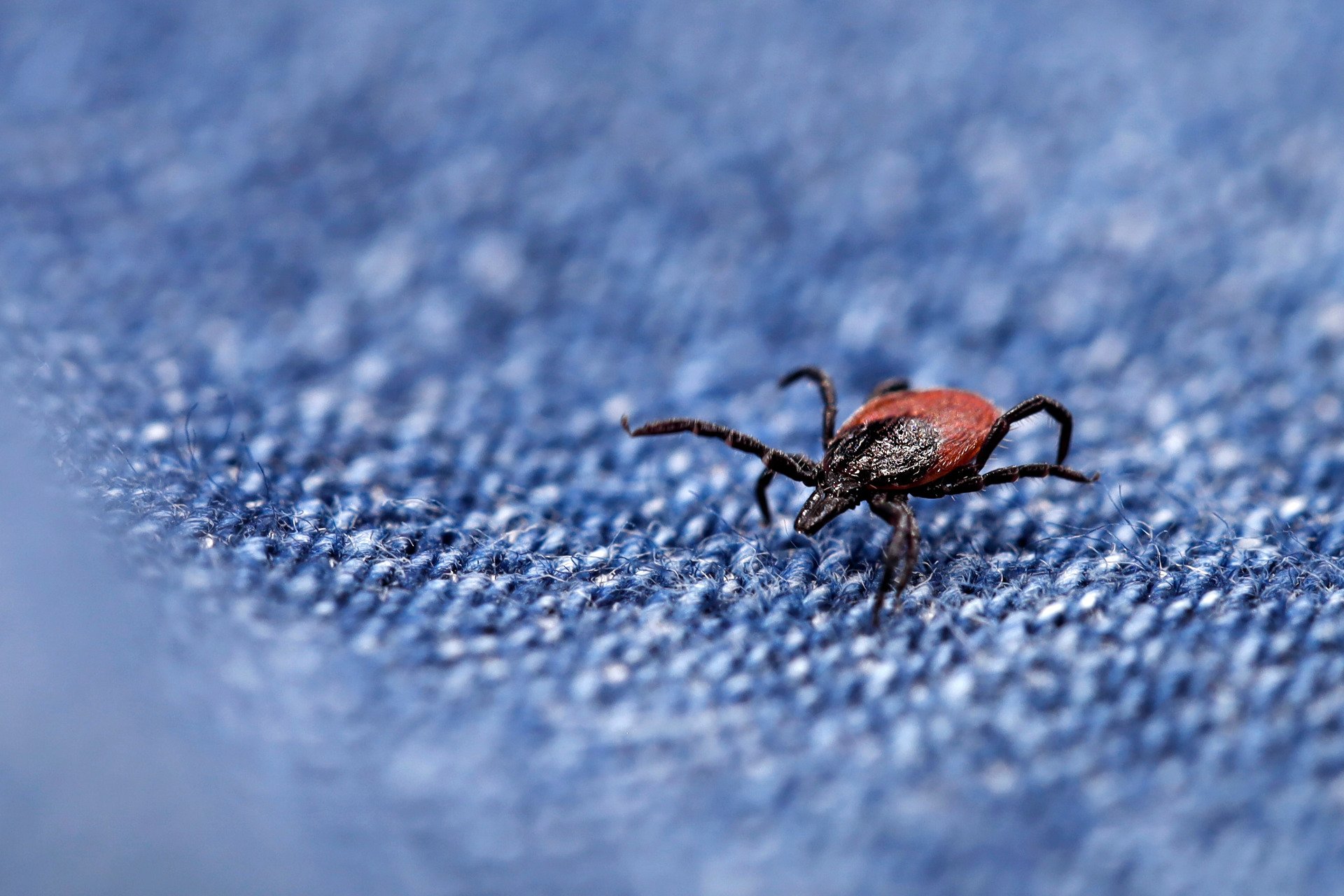Summer is now in full swing across the United States, bringing with it opportunities for outdoor activities and an increased risk of tick exposure. According to the Centers for Disease Control and Prevention (CDC), the year 2025 has already recorded the highest number of tick-related emergency room visits since 2019. This alarming trend highlights the growing public health threat posed by ticks and the various diseases they transmit, including Lyme disease.
As tick populations expand beyond their traditional habitats, particularly in the Northeast, public health experts are sounding the alarm. With climate change contributing to longer tick seasons, individuals must remain vigilant. Dennis Bente, a professor of microbiology and immunology at the University of Texas Medical Branch, shared insights into the factors driving this surge in tick activity.
Understanding Tick Population Growth
Bente confirms that the tick season in the Northeastern United States is indeed lengthening and intensifying. “Multiple scientific studies confirm both the expansion of tick activity periods and the growth of tick populations,” he states. What was once a seasonal concern has evolved into a year-round challenge in many regions.
Evidence suggests that climate warming accelerates tick development and survival, enabling their northward spread by approximately 28 miles (45 kilometers) per year. Additionally, factors such as recovering deer populations and changes in land use create ideal habitats for ticks to thrive. As a result, individuals must adopt comprehensive measures to protect themselves and their families.
The Growing Threat of Tickborne Diseases
While Lyme disease is the most recognized tickborne illness, Bente emphasizes that it represents only a portion of the threat. The Powassan virus is particularly concerning, causing severe encephalitis with mortality rates nearing 18.8%. Unlike other tickborne diseases, the Powassan virus can be transmitted within just 15 minutes of a tick’s attachment, significantly reducing the opportunity for preventive action.
Other notable diseases include the Heartland virus, emerging in 2009 and documented in over 60 cases across 14 states, and the Bourbon virus, first identified in 2014. The Borrelia miyamotoi bacterium, responsible for hard tick relapsing fever, often goes undetected, highlighting the complexities of tickborne diseases. Data from the CDC indicates a 25% increase in total tickborne disease cases in the U.S. from 40,795 in 2011 to 50,856 in 2019.
Innovations in Prevention and Treatment
Despite the rising threat, there are promising developments in the fight against tickborne diseases. Bente notes the progress of the VLA15 vaccine, the first Lyme disease vaccine to reach advanced clinical trials in over two decades. Developed by Pfizer and Valneva, the vaccine has completed recruitment for its Phase 3 trial with 9,437 participants across the U.S., Europe, and Canada. Results are anticipated by the end of 2025, with potential regulatory approval in 2026.
Researchers are also exploring vaccines targeting ticks directly. The 19ISP vaccine aims to elicit an immune response that both alerts hosts to tick presence and prevents pathogen transmission. Additionally, an investigational oral formulation, TP-05, has demonstrated remarkable effectiveness in killing ticks quickly, achieving 97% mortality within 24 hours of attachment.
Essential Safety Measures for Outdoor Activities
As summer activities ramp up, individuals can take several proactive steps to minimize their risk of tick exposure. The CDC recommends using EPA-registered repellents containing DEET, picaridin, or Oil of Lemon Eucalyptus, with concentrations of 20% to 30% offering the highest efficacy.
Permethrin-treated clothing is another powerful deterrent, providing nearly 100% protection against tick attachment for up to six weeks. Wearing light-colored clothing can help individuals spot ticks more easily. It is also advisable to stay on established trails and avoid wooded or brushy areas during peak tick season, which typically spans from April to September.
Conducting daily tick checks is crucial. Most tickborne diseases require 24 to 48 hours of attachment for transmission, making prompt removal essential. Individuals should inspect their entire body, focusing on warm areas such as the groin, armpits, and scalp. Showering within two hours after outdoor activities can help wash off any crawling ticks.
For proper tick removal, the CDC advises using fine-tipped tweezers to grasp the tick close to the skin and pulling upward steadily. Individuals should avoid squeezing or burning the tick, as this can increase the risk of disease transmission. Keeping a record of the tick’s appearance can be beneficial if symptoms develop later.
As summer progresses, public health officials emphasize the importance of awareness and prevention. With tick populations on the rise and new diseases emerging, staying informed and prepared is vital for outdoor enthusiasts.
